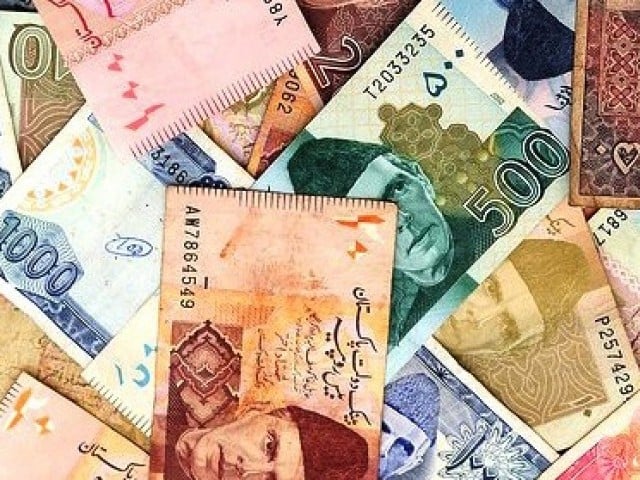
They argue that overvaluation is creating lots of problems for exporters which gives rise to current account deficit and in turn balance of payment problems.
They are of the view that fall of exports is linked with price elasticity of demand; depreciations would make exports competitive in the world, which would increase volume of exports and ultimately improve the balance of payment position.
Rupee depreciation
The media is replete with these explanations.
There is hardly any commentator who argues that our exports are constrained owing to low income elasticity of demand i.e. a proportionate increase in income is accompanied by less than increase in quantity demanded.
For instance, if income of our importers (USA, EU) increase by 10%, it will increase our quantity of exports by 5% since we are exporting they are importing.
In other words, our exports of agriculture-related products, textiles, food and low value-added manufacturing groups command low income elasticity of demand and these exports are insufficient to finance our imports.
Rupee weakens, officials divided on repercussions
This gap of exports and imports creates a trade deficit which leads to balance of payment crisis. This has happened time and again and, as a result, we borrow from multilateral institutions, countries and private investors to finance and fulfil our day-to-day commitments.
Basically, this reflects a structural maladjustment in the economy which is closely associated with inappropriate supply of exports and a faulty composition of exports.
Not open to change
A structural maladjustment means that our industrial structure is not in-line with the world pattern of wants and capabilities. For instance, we may continue to produce cotton based textiles for our export markets which are either in low demand or no longer required by our importers since our competitors have gobbled up the share of cotton based textiles.
Within cotton based textiles, we are mainly producing garments for men while more demand is coming for women garments, and since our competitors are producing more efficiently for men; we are lose share in that market.
This kind of structural maladjustment creates balance of payment disequilibrium. In order to attain equilibrium, most commenters normally recommend devaluation of Rupee vs Dollar. They argue that this devaluation will rectify the disequilibrium and structural adjustment will automatically take place.
If history be our guide, this has never happened in Pakistan. We keep devaluating the rupee at various intervals, and always end up going back to square one (balance of payment difficulties).
This kind of structural maladjustment requires a structural change in the economy which means a change in the composition of an economy’s output. For example, when the Government of Great Britain felt that people were spending too much on residential construction and its share went up 24% in GDP in 1948, they deliberately discouraged people from construction to bring its share down to 18 % in 1951, while at the same time the share of mining, manufacturing and public utilities went up from 38 % in 1948 to 47 % in 1951, though favourable international factors encouraged this change in composition i.e. ‘structural change.’
This kind of structural change takes place when some industries expand faster than the others. In a nutshell, we are in dire need for structural change to align our economy to the patterns of world wants and capabilities. But if this change fails to take place then waste and misuse of precious resources will keep on continuing.
Although the greater part of our economy is in private hands, the government may strongly influence the reallocation of resources for alternative uses in the best interest of society.
The writer is an Assistant Professor of Economics at Lums
Published in The Express Tribune, November 8th, 2015.
Like Business on Facebook, follow @TribuneBiz on Twitter to stay informed and join in the conversation.
1724657897-0/Untitled-design-(2)1724657897-0-405x300.webp)








1731884290-0/image-(9)1731884290-0-270x192.webp)







COMMENTS (5)
Comments are moderated and generally will be posted if they are on-topic and not abusive.
For more information, please see our Comments FAQ